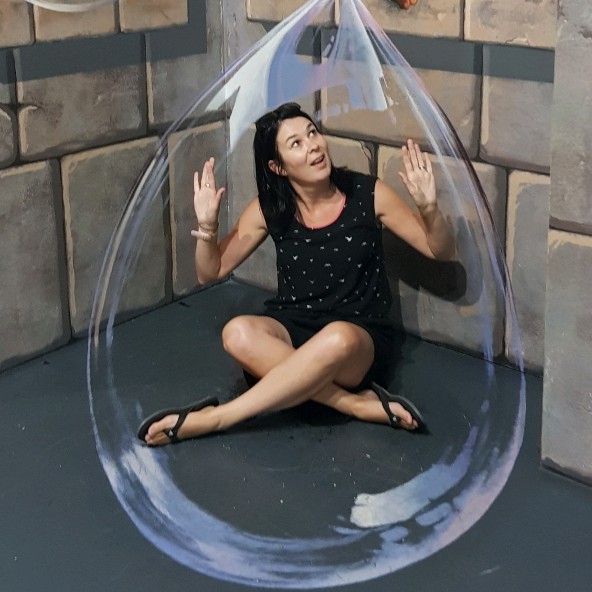
Claire Lyons
Claire, tell us what design-to-innovate is?
There are many descriptions of the design thinking approach to problem-solving, but at Aurecon, we call it design-to-innovate.
Design-to-innovate puts people, communities and end-users at the centre of consultant thinking. When you place these groups at the forefront of the design process, it allows us to step away from what we know or believe to be true and focus our energy on identifying the right solution for the right problem.
We establish everyone’s thoughts and aspirations for a project early on in the project eliminating any risks like lack of consultation.
We want to stop consultants from launching straight into solution mode. We stay away from the solution for as long as possible or until we fully understand the problem. We ask a lot of questions, and when we have those answers, we ask more questions. That should lead you to a much better understanding of the project, which helps you make better choices and ultimately lead to improved decision-making.
At times it can be challenging! Sometimes when I suggest the design-to-innovate approach, the reply is, “this is what we are doing”. Encouraging consultants to think differently or confronting someone who has worked in the industry for 20 years and say you’re doing a great job, but I would like you to do it a little bit differently can be a bit daunting. However, it’s possible to get to a sweet spot where the team has the project sorted technically but understand that they could deliver a better outcome for the client and end-users by incorporating a design-thinking approach.
So how does it work?
The Design to Innovate approach is about taking a ‘light bulb’ moment and putting structure, strategy and rigour behind it. You ask questions like “what must be true for the project to be successful”, “what are the barriers to that thinking”, and you “test your thinking”.
The design thinking phase can be short, but it needs to come before you’ve spent considerable time, effort, and money to find that the solution won’t deliver the desired outcome for the client or community.
We all come up with great ideas from time to time, but often they don’t go anywhere. The Design to Innovate process helps take those ideas and do something with them.
How did you get into the role?
I’ve always found design thinking so fascinating. I’d initially started at Aurecon in the survey team then moved into quality environment and sustainability. I’d seen the job advertised and was ready for a change. At first, I thought I couldn’t do the role, but after a chat with our global chief experience office, Maureen Thurston-Chartraw, I knew I’d kick myself if I didn’t take that leap.
I’m so grateful that I lept into the slightly unknown as I love my job almost every single day.
What does a typical day look like for you?
I ask a lot of questions! I positively ask questions and ensure our people are pushing their thinking. I have to make teams feel slightly uncomfortable to ensure they’re stretching the project design envelope.
I’m able to sit and chat with a lot of staff about concepts, mindsets and tools. I’m one of five Design to Innovate Partners at Aurecon, so I get to immerse myself with a bunch of like-minded people!
How do you integrate the approach into the business?
At Aurecon, we embedded design-to-innovate into our methodology, and for some consultants, it’s a natural way of thinking.
We’re lucky, too, in that it’s my job to integrate the approach into the business. It’s not easy as some consultants struggle. I have to be vulnerable and willing to make controversial comments about a project. I don’t make comments to be contentious but to facilitate discussion and widen the thought process. My words are often difficult for people to accept, and there are many times when I’m shot down or looked at as if I have three heads! I know I have to stand up and be vulnerable at those meetings if I’m going to make a difference. Often in project meetings, there is the attitude that you must say yes to the client, but my job is to say, “what if we said no or asked why”.
Can you recommend any design thinking reading?
- Getting to Yes
- Moments of Impact
- Writing the natural way
- A more beautiful question
- Decisive: How to Make Better Choices in Life and Work
- Collaboration by design
What do you like to do outside of the design thinking world?
I live just over the Auckland/Waikato border on a gorgeous piece of 2.6 ha land with dogs, cats, chickens and sheep and both neighbours have horses at my fence line. I love being at home, but I am also a fan of restaurants, friends and movies. My husband and I recently bought electric scooters, so we drive into town to ride them as we live on gravel country roads!
Connect with Claire Lyons on LinkedIn
Next steps
Claire is going to be running an event on design-led thinking called Introduction to Design-Led Thinking on Wednesday 7 July. Find out more and register
